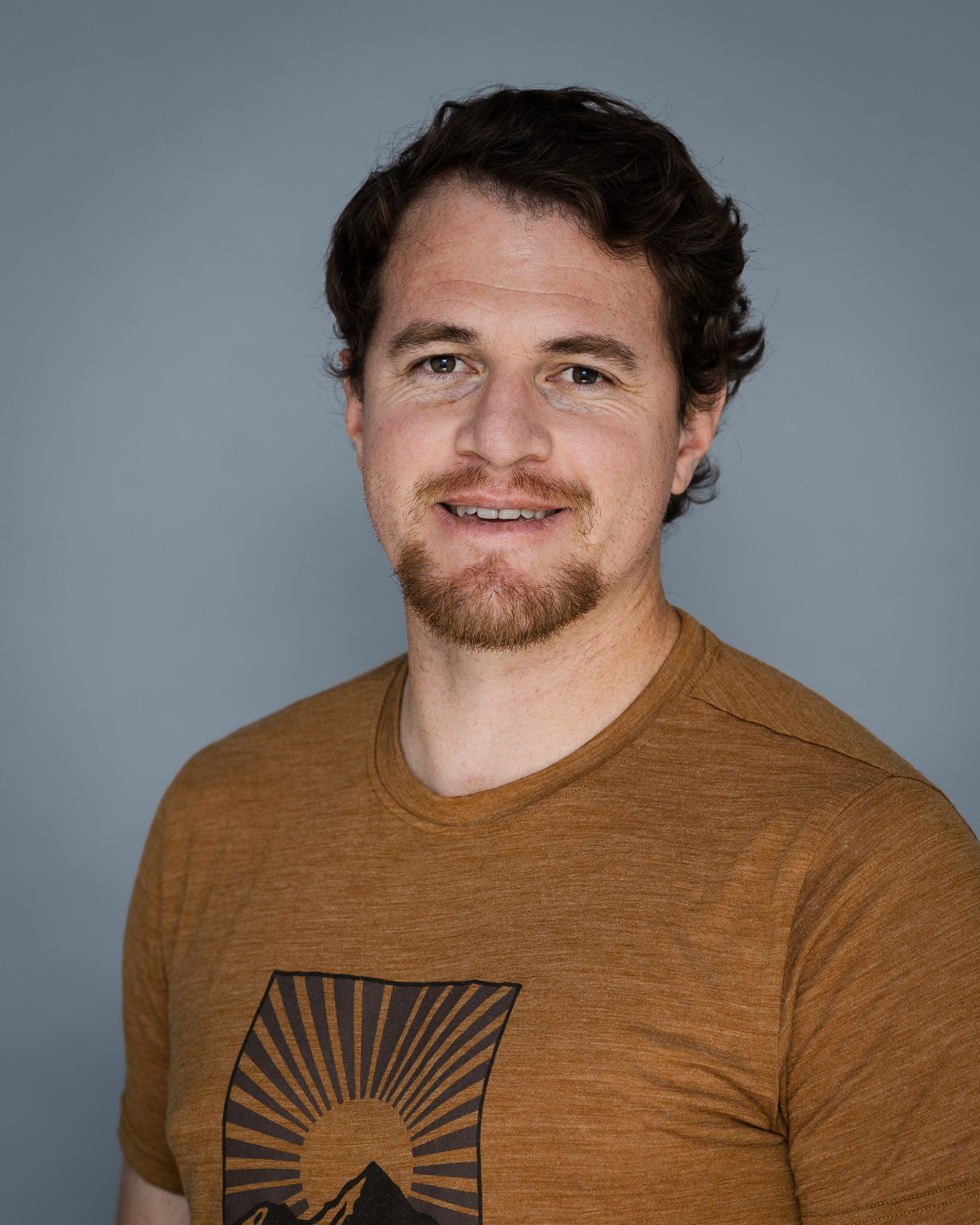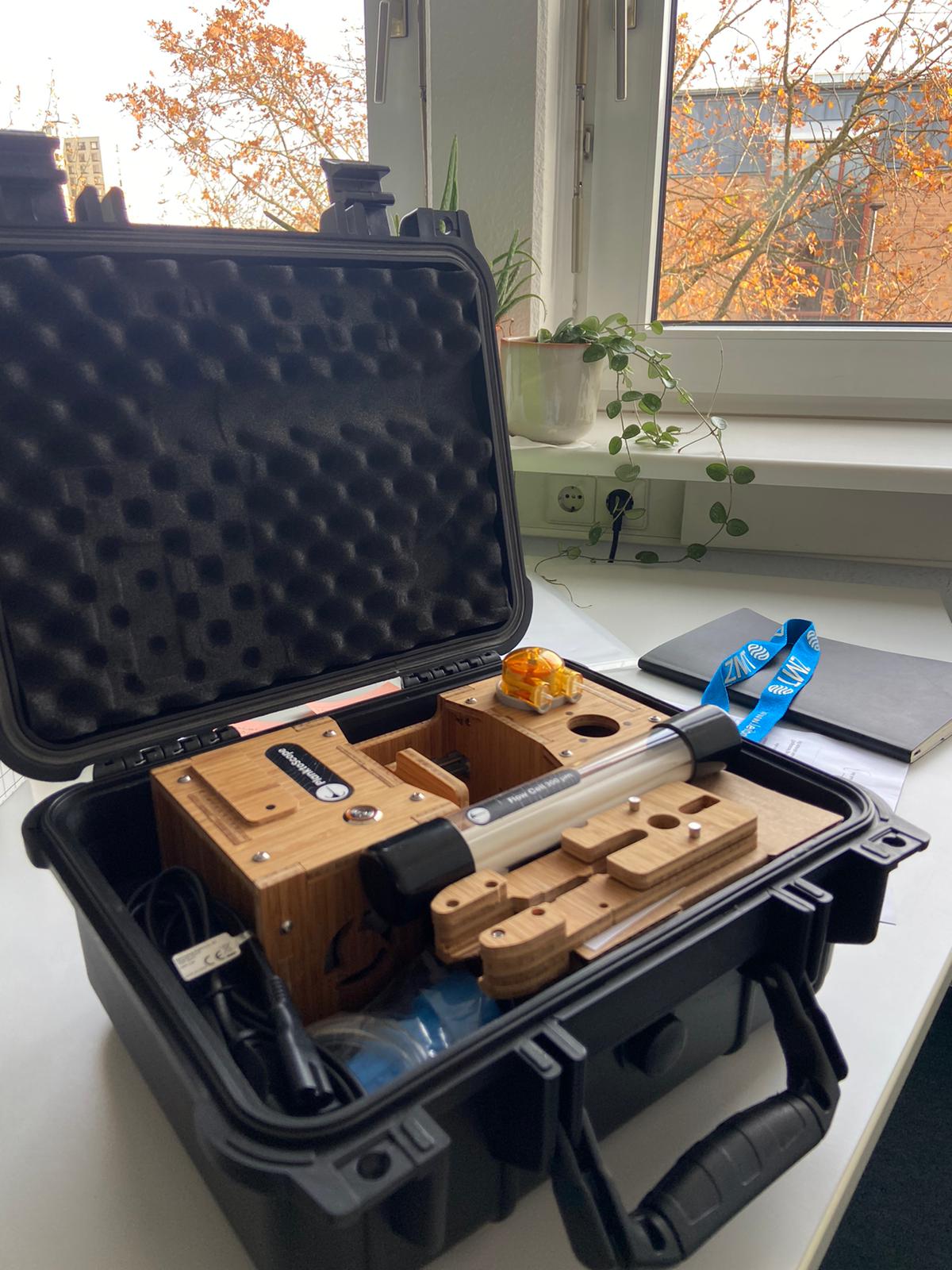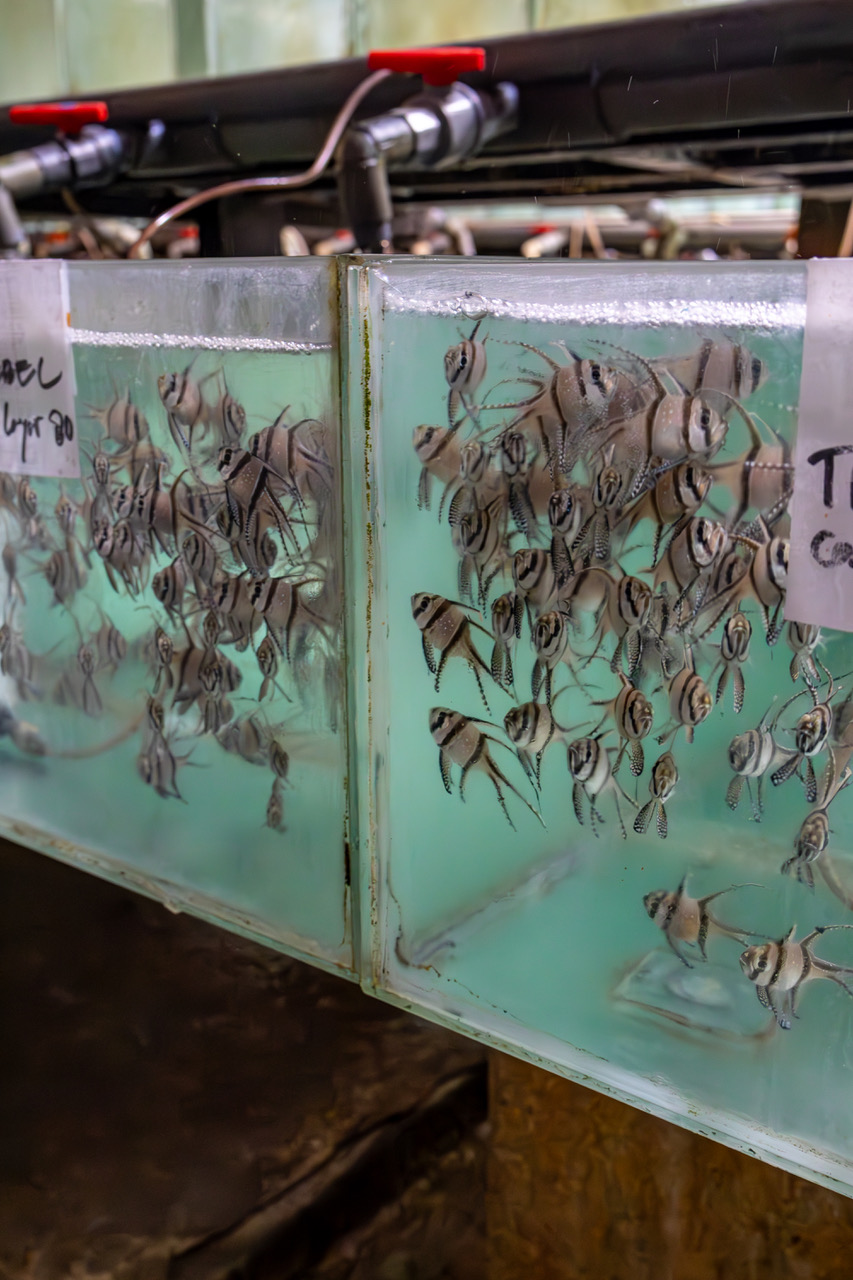ZMT celebrates 35 years of tropical coastal research – series of talks at the Haus der Wissenschaft in Bremen start in January 2026
In 2026, ZMT will celebrate its 35th anniversary – a milestone that honours the institute's long tradition and commitment to the protection of tropical coastal regions. To mark the start of the anniversary year, a public lecture series starts at the House of Science in Bremen, dedicated to the many facets of tropical marine and coastal research.
As part of the House of Science's long-established ‘Wissen und 11’ series, ZMT researchers will speak on the second Saturday of every month about current scientific findings and challenges – from adaptation to climate change and AI applications in research to social issues surrounding sustainable marine use and much more.
The first talks have already been scheduled. They are aimed at anyone who would like to learn more about the importance of tropical seas and the work of ZMT.
The talk series is in German.
10. Januar 2026 | 11 Uhr | Haus der Wissenschaft
Dr. Daniel Schürholz | Leiter Arbeitsgruppe Data Science und Technologie
„Den (Mangroven) Wald vor lauter Bäumen nicht sehen ... mit KI“

Am Samstag, den 10. Januar 2026 um 11 Uhr hält Dr. Daniel Schürholz einen Vortrag mit dem Titel „Den (Mangroven) Wald vor lauter Bäumen nicht sehen ... mit KI“. Als Datenwissenschaftler leitet er die Arbeitsgruppe Data Science und Technologie am ZMT und beschäftigt sich in seiner Forschung mit KI-Modellen zur Kartierung von Küstenökosystemen wie Korallenriffen und Mangrovenwäldern. Daniel Schürholz ist ausgebildeter Informatiker und arbeitet an der Anwendung von Sensortechniken und KI-Modellen zur Kartierung und Überwachung von Küstenökosystemen.

Der Vortrag
Stellen Sie sich vor, Sie müssten sich bei über 30°C und 100% Luftfeuchtigkeit durch dicken Schlamm und ein Gewirr aus Mangrovenwurzeln kämpfen, während Tausende von Mücken in Ihre Ohren summen, nur um am Ende des Tages verschiedene Bäume gezählt und bestimmt zu haben. Klingt anstrengend? Warum das nicht der KI überlassen, die diese Arbeit in wenigen Minuten erledigt? Genau daran forscht Daniel Schürholz und erleichtert damit nicht nur den Arbeitsalltag von Forschenden, sondern auch das Monitoring von Mangrovenwälder, die vielerorts bedroht sind.
Dieser Vortrag wird als Präsenzveranstaltung stattfinden. Zusätzlich wird der Vortrag aufgenommen und auf unserem YouTube-Kanal abrufbar sein.
10. Februar 2026 | 11 Uhr | Haus der Wissenschaft
Leonie Dziomba | Programmbreich 5 - Geslleschaftlicher Wandel
„(Fast)Unsichtbar, aber unverzichtbar: Über Plankton lernen – gemeinsam und über Disziplinen hinweg“
Am Samstag, den 14.02. um 11 Uhr, hält Leonie Dziomba den Vortrag „(Fast)Unsichtbar, aber unverzichtbar: Über Plankton lernen – gemeinsam und über Disziplinen hinweg“ bei Wissen um 11. Leonie Dziomba ist Kognitionswissenschaftlerin und promoviert in einer transdisziplinären Arbeitsgruppe am Leibniz-Zentrum für Marine Tropenforschung (ZMT) zur Wissensvermittlung in den Meereswissenschaften. In ihrer Dissertation untersucht sie anhand des Themas Plankton, wie sich Interaktionen zwischen Wissenschaft und gesellschaftlichen Akteuren durch technologische Vermittlungsprozesse und gemeinsame Referenzobjekte gestalten lassen – und welchen Einfluss dies auf kollektive Lern- und Erkenntnisprozesse hat.

Der Vortrag
Marines Plankton bildet die Grundlage des Nahrungsnetzes in den Meeren und Ozeanen und ist unverzichtbar für das Leben auf der Erde: Es nimmt große Mengen CO₂ auf und produziert Sauerstoff – ein fast unsichtbarer „Player“ im Klimasystem. Damit Plankton bei der Erfüllung dieser Funktionen besser vom Menschen unterstützt werden kann, braucht es ein besseres Verständnis seiner Vielfalt sowie ein umfassendes marines Biodiversitätsmonitoring. Doch den Ozean zu erforschen ist teuer und schwierig. Die wichtige Rolle des Planktons beim Kampf gegen den Klimawandel und in den Ozeanen bleibt für die Öffentlichkeit oft wenig greifbar und schwer zu vermitteln.
Wie also kann es dennoch gelingen, Menschen auch außerhalb der Biologie für die Bedeutung marinen Planktons zu sensibilisieren und zum Mitforschen anzuregen? Die Vortragende stellt ihre Interviewstudie vor, in der sie Vertreter:innen aus Forschung, Politik und Bildung befragt, was es für gute Zusammenarbeit im Meeresschutz braucht und wie niedrigschwellige Monitoring-Technologien und künstliche Intelligenz dabei helfen können, Forschungslücken zu schließen und Teilhabe zu schaffen.
14. März | 11 Uhr | Haus der Wissenschaft
Nora Leonie Rust | Arbeitsgruppe Institutionen und Verhaltensökonomie
„Vom Riff ins Wohnzimmer: Wege zu einem fairen und nachhaltigen Zierfischhandel“

Am Samstag, den 14.03. um 11 Uhr, hält Nora Leonie Rust den Vortrag "Vom Riff ins Wohnzimmer: Wege zu einem fairen und nachhaltigen Zierfischhandel“ bei Wissen um 11. Nora Leonie Rust studierte Marine Umweltwissenschaften in Oldenburg. Am Leibniz-Zentrum für Marine Tropenforschung (ZMT) in Bremen arbeitet sie derzeit in der Arbeitsgruppe „Institutionen und Verhaltensökonomie“ an ihrer Doktorarbeit über den Zierfischhandel in Indonesien.

Der Vortrag
Aquarien faszinieren Menschen – doch die wenigsten wissen, woher die bunten Meeresbewohner in den Becken eigentlich stammen und dass der Zierfischhandel mit Problemen und Unsicherheiten verbunden ist. In diesem Vortrag wirft ZMT-Doktorandin Leonie Rust einen Blick hinter die Kulissen des globalen Handels mit Aquarienfischen: Welche Auswirkungen hat ihr Fang auf Riffe? Welche Rolle spielen die Menschen an den Küsten, die von diesem Handel leben? Und wie kann der Handel so gestaltet werden, dass er sowohl Natur als auch Mensch zugutekommt?
Ein besonderer Fokus liegt dabei auf Indonesien, einem der größten Exporteure für Zierfische weltweit. Hier treffen viele Akteure mit unterschiedlichen Interessen, Werten und Zielen aufeinander – aber auch mit gemeinsamer Verantwortung. Im Mittelpunkt steht die Frage, welche Steuerungsinstrumente im Zierfischhandel, von nationalen Regelungen und Gesetzen bis hin zu lokalen Praktiken und informellen Absprachen, tatsächlich funktionieren und weshalb andere keinen Erfolg haben. Zudem wird untersucht, welche Maßnahmen so gestaltet sind, dass sie den spezifischen Eigenschaften von Wildfang und Zucht entsprechen und wie Menschen vor Ort stärker einbezogen werden können, damit Lösungen nicht nur auf dem Papier gut aussehen, sondern im Alltag bestehen.





